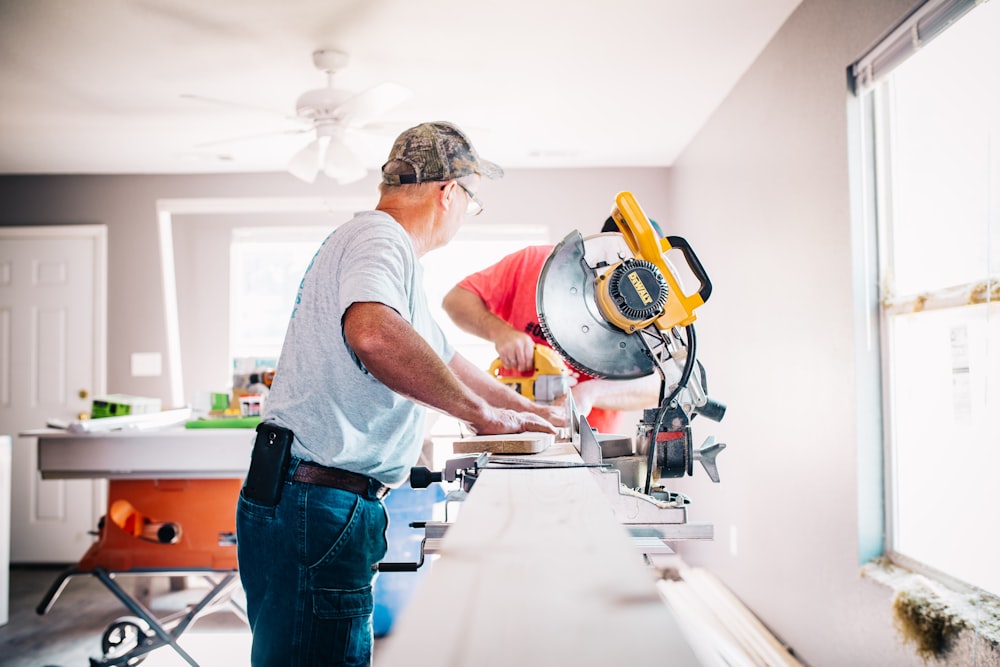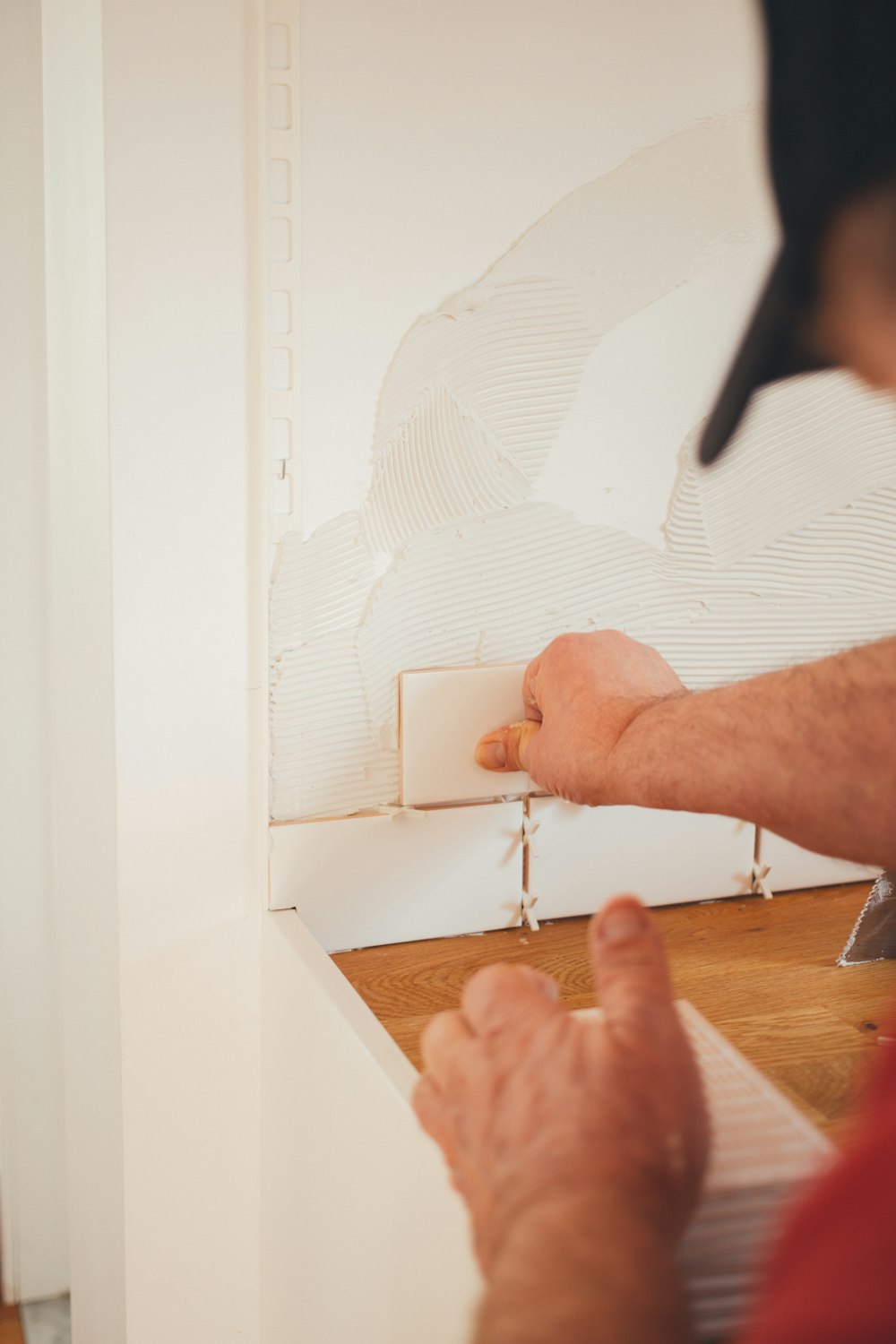Construction projects require a lot of planning. Project managers have to take steps to make sure every phase is planned in advance and all the contractors show up on time to ensure the job is completed according to schedule.
The good news is that there are plenty of tools and industry best practices that will make construction management much easier. Read on to find five practical tips that can help.
1. Leverage the Power of Technology
These days, apps to assist with construction management abound. It’s best to purchase software that was specifically developed to meet unique industry needs. Download a concrete app to manage foundation laying and the construction of concrete structures, find payroll management software to ensure that all the contractors get paid on time, and use broader construction management tools to keep all the ducks in a row.

2. Plan and Schedule in Advance
Adequate planning for a construction project takes some time, but it’s worth sorting out a detailed schedule in advance so that all the contractors are on the same page. Coordinate and organize tasks in a logical and efficient way, and take the time during the planning phase to ensure that all necessary resources, including manpower, tools, equipment, and materials, will be available when they’re needed. Work with suppliers and subcontractors to set a realistic timetable, then be prepared to adjust the plan as needed if issues arise.
3. Take on One Construction Problem at a Time
It’s easy for construction managers to get bogged down in details. While multitasking is an essential skill, it’s never wise to try to do everything at once. Prioritize issues in a way that makes sense.
For some construction managers, it’s easiest to tackle small problems first before moving on to larger ones. For others, it makes more sense to tackle the biggest issues first before focusing on smaller details. Either way, construction managers need to work with their project teams to develop solutions and address problems without creating unnecessary delays, and that requires focusing on just one thing at once.
4. Improve Communication
Construction project managers need to be able to communicate effectively in both written and oral forms. It’s important to be clear and concise, and it’s always best to establish a detailed communication plan in advance that includes both a chain of command for information sharing and predetermined methods of communication for dealing with every circumstance.
There’s no one communication strategy that’s right for every stage of a construction project. While change orders should always be conveyed through written communication, it’s perfectly fine to send a quick email or text to convey less vital information. Just keep in mind that delays almost always result from poor communication, and projects always run smoother if all the contractors are on the same page.

5. Learn From Mistakes
Everyone makes mistakes, but construction managers can learn from them to improve efficiency on the next project. Take the time to perform a project postmortem to assess the team’s performance after each project is completed and identify both areas of concern and places where the team excelled. An honest assessment of the team’s performance can help to inform future project planning.
The Bottom Line
Even seemingly simple construction projects can be quite complex. They usually require working with multiple specialized subcontractors, all of whom need to be on the same page about project timelines and expectations. Construction managers who have had trouble juggling their myriad job roles can implement the tips above to help ensure that everything goes smoothly on the next project.
















